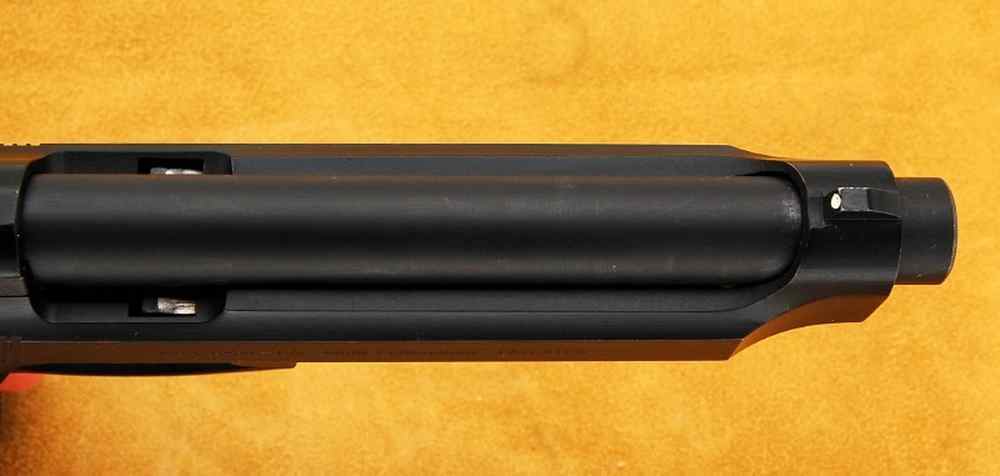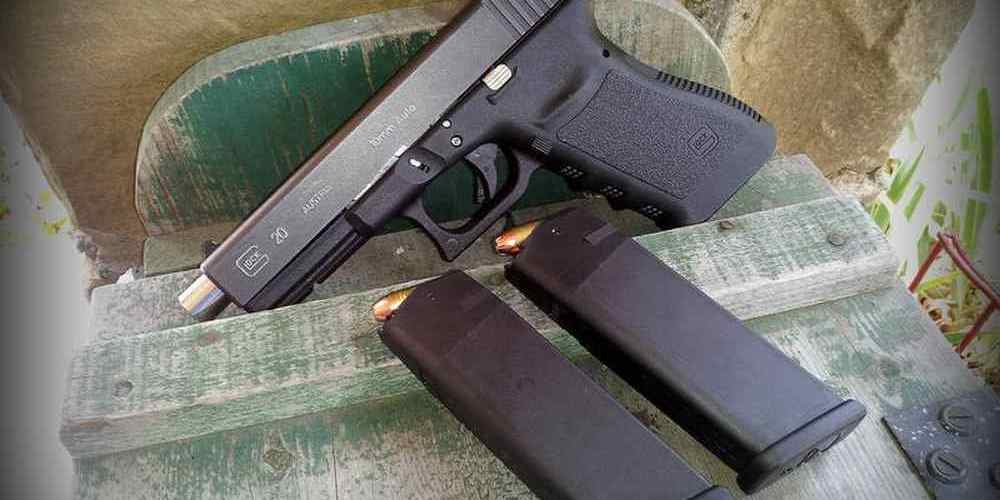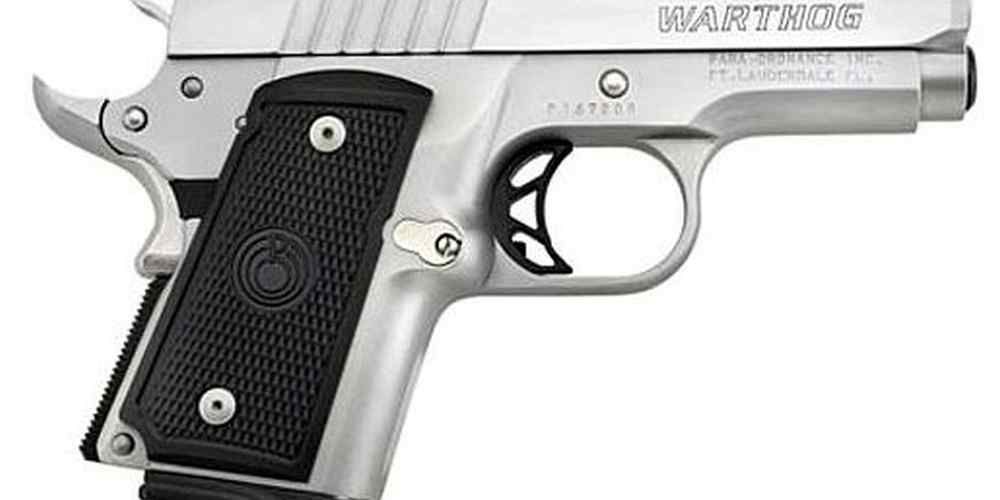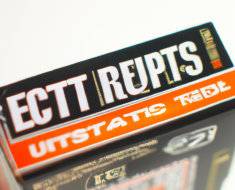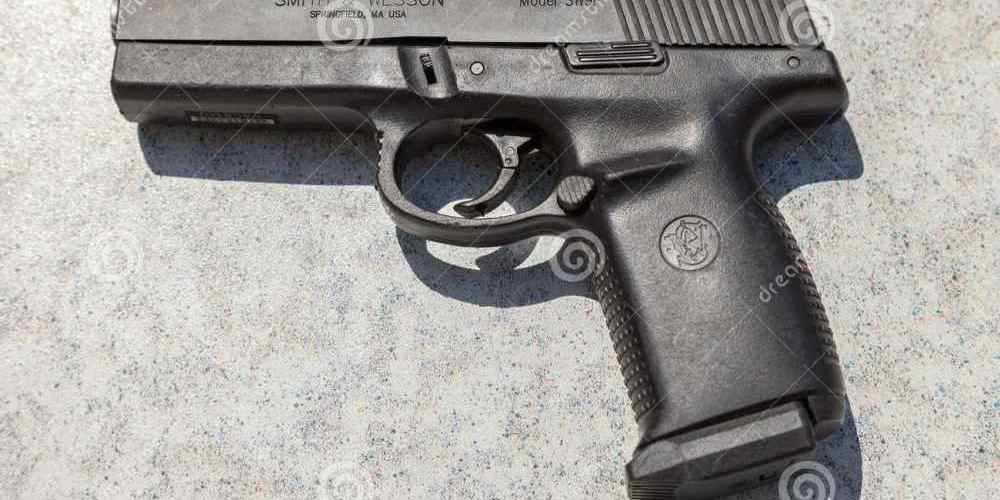“Reload with precision, shoot with confidence.”
Proper Case Preparation for Semi-Auto Ammunition
Reloading ammunition for semi-automatic firearms requires attention to detail and precision to ensure consistent performance. One crucial aspect of the reloading process is proper case preparation. By taking the time to carefully inspect and prepare your brass casings, you can improve the reliability and accuracy of your ammunition.
The first step in case preparation is inspecting the brass casings for any signs of damage or wear. Look for cracks, dents, or splits in the casing that could compromise the integrity of the cartridge. Discard any damaged casings and only use those that are in good condition.
Next, clean the brass casings to remove any dirt, debris, or residue that may have accumulated during firing. A tumbler or vibratory cleaner can be used to polish the casings and remove any fouling. Clean casings not only look better but also help ensure smooth feeding and ejection in your semi-automatic firearm.
After cleaning, inspect the casings again to ensure they are free of any remaining debris. Check the primer pockets for any obstructions that could prevent proper seating of the primer. Use a primer pocket cleaner to remove any residue and ensure a clean, uniform pocket for the primer.
Once the casings are clean and inspected, it’s time to resize them. Resizing the casings ensures they will fit properly in the chamber of your firearm. Use a resizing die that is specifically designed for the caliber of ammunition you are reloading. Lubricate the casings before resizing to prevent sticking and ensure smooth operation.
After resizing, trim the casings to the proper length. Over time, brass casings can stretch and become too long, which can affect the accuracy and reliability of your ammunition. Use a case trimmer to trim the casings to the correct length specified in your reloading manual.
Next, chamfer and deburr the casings to remove any sharp edges that could cause feeding issues or damage the firearm. A chamfering tool can be used to bevel the inside of the casing mouth, while a deburring tool can be used to remove any burrs from the outside of the casing.
Finally, clean the casings one last time to remove any lubricant or debris that may have accumulated during the resizing and trimming process. A quick pass through a tumbler or vibratory cleaner will leave your casings clean and ready for priming and powder charging.
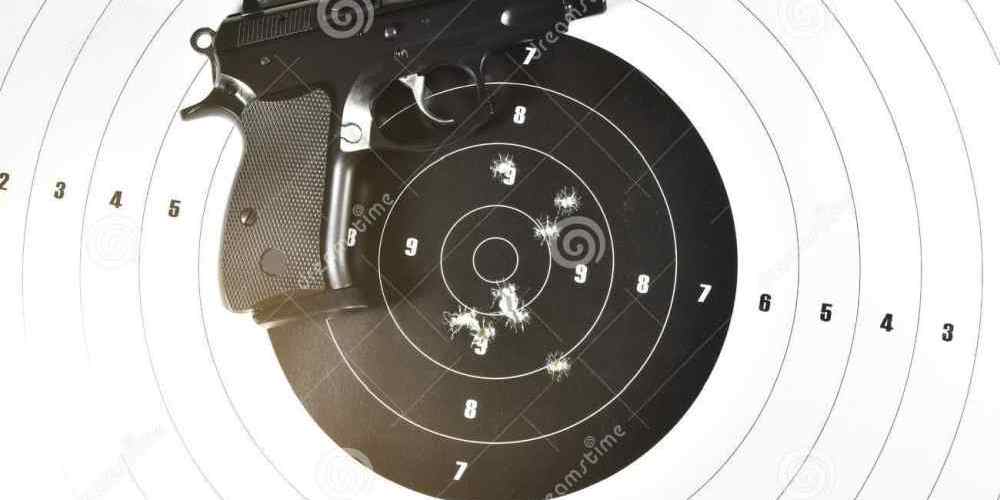
By following these steps for proper case preparation, you can ensure that your semi-automatic ammunition performs consistently and reliably. Taking the time to inspect, clean, resize, trim, chamfer, deburr, and clean your brass casings will result in ammunition that feeds smoothly, ejects cleanly, and delivers accurate performance shot after shot. So, next time you’re reloading ammunition for your semi-automatic firearm, don’t overlook the importance of proper case preparation – it can make all the difference in your shooting experience.
Selecting the Right Powder for Consistent Performance
When it comes to reloading ammunition for semi-automatic firearms, consistency is key. One of the most important factors in achieving consistent performance is selecting the right powder for your reloads. The type of powder you choose can have a significant impact on the velocity, pressure, and overall performance of your ammunition. In this article, we will discuss some techniques for selecting the right powder to ensure consistent performance in your semi-auto reloads.
One of the first things to consider when selecting a powder for your reloads is the burn rate. The burn rate of a powder refers to how quickly it ignites and burns when ignited. Different powders have different burn rates, and selecting a powder with the appropriate burn rate for your specific caliber and bullet weight is crucial for achieving consistent performance. Using a powder with a burn rate that is too fast or too slow can result in erratic velocities and pressures, leading to inconsistent performance.
Another important factor to consider when selecting a powder is the load data provided by the powder manufacturer. Load data includes information such as the recommended powder charge weight, overall cartridge length, and maximum pressure for a specific powder. It is important to follow the load data provided by the powder manufacturer to ensure safe and consistent performance. Deviating from the recommended load data can result in dangerous overpressure situations or unreliable performance.
In addition to burn rate and load data, it is also important to consider the density of the powder when selecting a powder for your reloads. Powder density refers to the amount of space that a specific weight of powder occupies. Powders with different densities can have different volume-to-weight ratios, which can affect the consistency of your reloads. Using a powder with a consistent density can help ensure that each charge weighs the same, leading to more consistent velocities and pressures.
When selecting a powder for your reloads, it is also important to consider the availability and cost of the powder. Some powders may be more readily available or more affordable than others, making them a more practical choice for reloading. However, it is important to prioritize performance and consistency over cost when selecting a powder for your reloads. Investing in a high-quality powder that is known for its consistent performance can help you achieve better results in the long run.
In conclusion, selecting the right powder is crucial for achieving consistent performance in your semi-auto reloads. Consider factors such as burn rate, load data, powder density, availability, and cost when choosing a powder for your reloads. By selecting a powder that is well-suited to your specific caliber and bullet weight, following the recommended load data, and prioritizing consistency and performance, you can ensure that your reloads perform reliably and accurately every time. Happy reloading!
Tips for Achieving Proper Bullet Seating Depth
When it comes to reloading ammunition for semi-automatic firearms, achieving proper bullet seating depth is crucial for consistent performance. The bullet seating depth refers to how far the bullet is inserted into the cartridge case. If the bullet is seated too deeply or not deep enough, it can affect accuracy, pressure, and overall performance of the ammunition.
One of the key factors to consider when determining the proper bullet seating depth is the overall length of the cartridge. This is the measurement from the base of the cartridge case to the tip of the bullet. It is important to consult the reloading manual for your specific caliber to determine the recommended overall length for your ammunition.
To achieve the proper bullet seating depth, you will need a bullet seating die. This die is used to adjust the depth at which the bullet is seated in the cartridge case. When using the bullet seating die, it is important to make small adjustments and check the overall length of the cartridge frequently to ensure that you are achieving the desired depth.
Another important consideration when seating bullets is the type of bullet you are using. Different bullets have different shapes and profiles, which can affect how they seat in the cartridge case. It is important to choose bullets that are compatible with your reloading equipment and that are designed for use in semi-automatic firearms.
When seating bullets, it is also important to pay attention to the crimping process. Crimping is the process of applying pressure to the mouth of the cartridge case to secure the bullet in place. Proper crimping can help prevent bullet setback, which can cause malfunctions in semi-automatic firearms.
One technique for achieving proper bullet seating depth is to use a bullet comparator. A bullet comparator is a tool that allows you to measure the distance from the base of the cartridge case to the ogive of the bullet. This can help you achieve consistent seating depths across multiple cartridges.
It is also important to pay attention to the feel of the bullet seating process. When seating bullets, you should feel a slight resistance as the bullet is inserted into the cartridge case. If you feel no resistance, the bullet may not be seated properly. If you feel too much resistance, the bullet may be seated too deeply.
In conclusion, achieving proper bullet seating depth is essential for consistent performance when reloading ammunition for semi-automatic firearms. By paying attention to overall length, using the right equipment, and practicing proper techniques, you can ensure that your ammunition performs reliably and accurately. Remember to consult your reloading manual for specific guidelines and always double-check your work to ensure safety and performance.
Importance of Primer Selection in Reloading Semi-Auto Ammunition
Reloading ammunition for semi-automatic firearms requires attention to detail and precision to ensure consistent performance. One crucial aspect of reloading semi-auto ammunition is primer selection. The primer is the ignition source for the powder in the cartridge, so choosing the right primer can have a significant impact on the reliability and performance of your ammunition.
When selecting primers for reloading semi-auto ammunition, it is essential to consider the type of firearm you are using. Different firearms may have different requirements for primer sensitivity and power. For semi-automatic firearms, it is generally recommended to use a primer with a harder cup to ensure reliable ignition in the firearm’s action.
Another important factor to consider when selecting primers for reloading semi-auto ammunition is the type of powder you are using. Some powders may require a hotter or cooler primer to achieve optimal performance. It is essential to consult reloading manuals and guides to determine the best primer for the specific powder you are using.
In addition to primer sensitivity and power, it is also crucial to consider primer size when reloading semi-auto ammunition. Most semi-automatic firearms require small rifle or small pistol primers, depending on the caliber of the cartridge. Using the correct primer size is essential to ensure proper ignition and reliable performance in your firearm.
When reloading semi-auto ammunition, consistency is key. Using the same brand and type of primer for each batch of ammunition can help ensure consistent performance and reliability. It is also essential to pay attention to primer seating depth and ensure that the primer is seated flush with the base of the cartridge to prevent misfires and ignition issues.
In addition to primer selection, proper handling and storage of primers are essential for reloading semi-auto ammunition. Primers should be stored in a cool, dry place away from heat and moisture to prevent degradation and ensure reliable ignition. It is also crucial to handle primers with care to avoid damaging the sensitive ignition compound inside.
Overall, primer selection is a critical aspect of reloading semi-auto ammunition. Choosing the right primer for your specific firearm and powder can help ensure consistent performance and reliability. By paying attention to primer sensitivity, power, size, and consistency, you can create high-quality ammunition that performs reliably in your semi-automatic firearm.
In conclusion, primer selection plays a crucial role in the performance and reliability of reloaded semi-auto ammunition. By choosing the right primer for your specific firearm and powder, paying attention to primer sensitivity, power, size, and consistency, and handling and storing primers properly, you can create high-quality ammunition that performs consistently in your semi-automatic firearm. Remember to consult reloading manuals and guides for specific recommendations and always prioritize safety when reloading ammunition. With attention to detail and precision, you can enjoy the satisfaction of creating your own reliable and accurate ammunition for your semi-automatic firearms.
Understanding and Adjusting Crimping Techniques for Reliable Functioning
Reloading ammunition for semi-automatic firearms requires attention to detail and precision to ensure consistent performance. One crucial aspect of reloading is crimping, which plays a significant role in the functioning of the ammunition. Understanding and adjusting crimping techniques can help improve reliability and accuracy when shooting.
Crimping is the process of securing the bullet in the cartridge case by squeezing the case mouth around the bullet. This helps prevent the bullet from moving during feeding and chambering in the firearm. Proper crimping ensures that the bullet is held securely in place and does not shift under recoil, which can affect accuracy and reliability.
There are two main types of crimping techniques used in reloading: taper crimp and roll crimp. Taper crimp is commonly used for semi-automatic ammunition and involves gently squeezing the case mouth around the bullet to secure it in place. This type of crimp is ideal for cartridges that headspace on the case mouth, as it helps maintain consistent headspace and overall cartridge length.
Roll crimp, on the other hand, is more commonly used for revolver ammunition and involves rolling the case mouth into the bullet cannelure or crimp groove. This type of crimp is more aggressive and is used to prevent the bullet from moving under heavy recoil in revolver cylinders. While roll crimping is not typically used for semi-automatic ammunition, some shooters may prefer this method for certain applications.
When crimping semi-automatic ammunition, it is essential to adjust the crimp to the correct level to ensure reliable functioning. Over-crimping can deform the bullet and cause accuracy issues, while under-crimping can lead to bullet setback and potential feeding problems. Finding the right balance is key to achieving consistent performance.
To adjust the crimp, start by setting up your reloading press according to the manufacturer’s instructions. Use a cartridge case gauge to check the overall length of the finished cartridge and adjust the crimp accordingly. Experiment with different crimp levels to find the sweet spot that provides a secure hold on the bullet without deforming it.
It is also essential to pay attention to the type of bullet you are using when crimping semi-automatic ammunition. Different bullet shapes and profiles may require different crimping techniques to achieve optimal performance. Hollow-point bullets, for example, may be more sensitive to crimping than round-nose bullets and may require a lighter touch to prevent deformation.
In addition to adjusting the crimp, it is crucial to inspect your reloaded ammunition regularly for signs of bullet setback or other issues. Bullet setback occurs when the bullet is pushed further into the case during feeding, which can increase chamber pressure and potentially lead to dangerous malfunctions. By checking your ammunition regularly, you can catch any issues early and make adjustments as needed.
Overall, understanding and adjusting crimping techniques for semi-automatic ammunition is essential for achieving consistent performance. By experimenting with different crimp levels, paying attention to bullet types, and inspecting your reloaded ammunition regularly, you can ensure reliable functioning and accuracy when shooting your semi-automatic firearm. With practice and attention to detail, you can master the art of crimping and enjoy the benefits of reloading your own ammunition for years to come.





